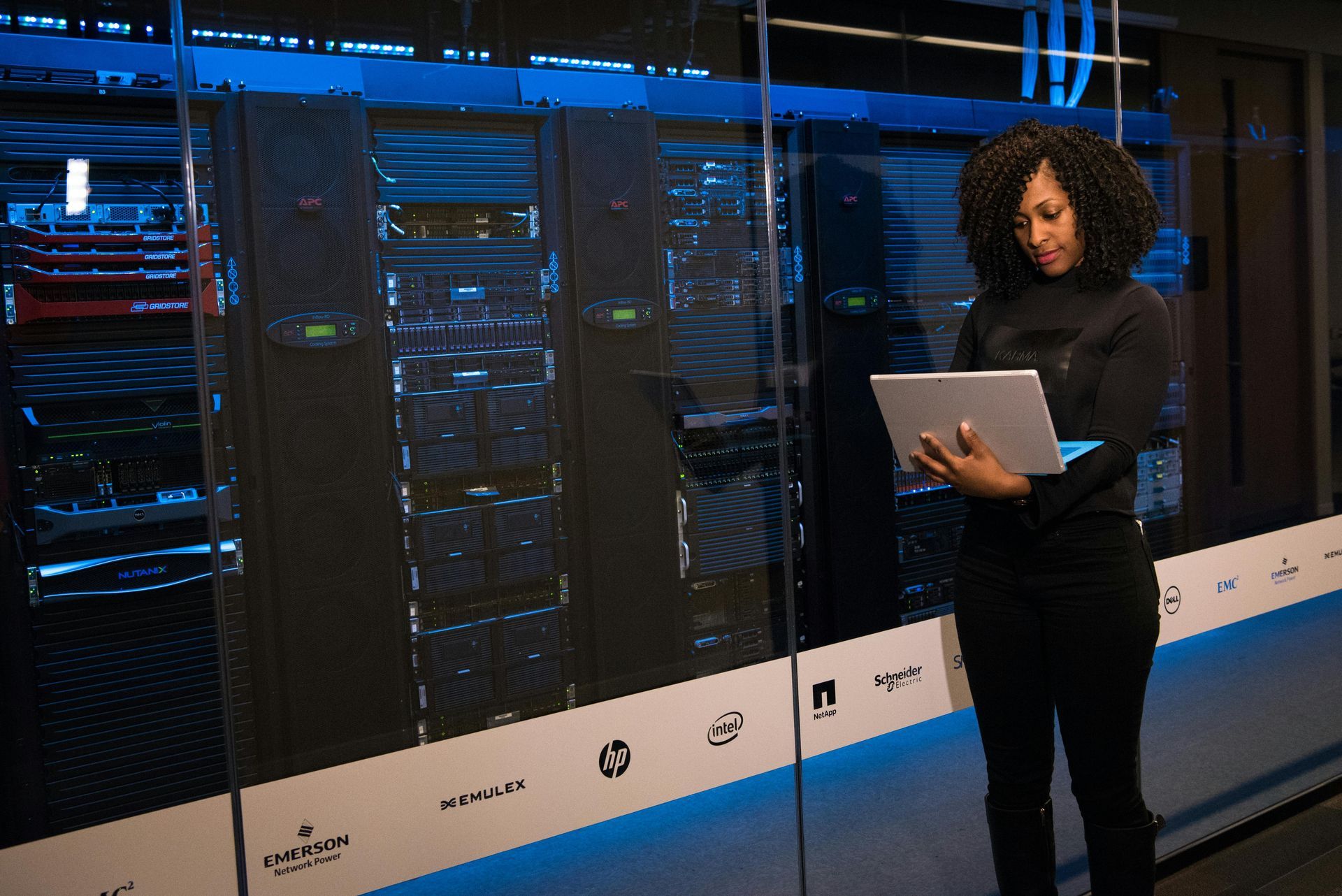Alan Herrity | February 6, 2025

In the world of executive search, making the right decision is crucial.
Traditional methods rely heavily on CVs and often lack the necessary evidence to demonstrate why a candidate can be a success. At Momentum Search and Selection, we've pioneered a game-changing approach: the Talent Dashboard.
The Challenge of Traditional Talent Acquisition
Consider this scenario: A leading Australian organisation and much-loved icon that is part of the fabric of our society needed to appoint a Transformation Executive. They were used to going through a traditional approach with mixed results and could not afford to get this search wrong.
Enter the Talent Dashboard
Our Talent Dashboard approach is designed to give clients a comprehensive and insightful view of potential candidates before they invest time in face-to-face interviews.
Here's how it works:
1. In-depth Candidate Interviews
We conduct thorough interviews with shortlisted candidates. These aren't your standard talent acquisition chats. We conduct a full competency-based assessment.
2. Targeted Questions
At the end of these interviews, we ask each candidate three key questions that we have agreed with the client beforehand.
These questions are tailored to the specific assignment and organisation and designed to reveal crucial insights about the candidate's approach, experience, and fit.
3. Video Recordings
The responses to these key questions are recorded on video. This allows us to capture not just what the candidates say but also how they say it—their body language, confidence, and communication style.
4. Comprehensive Dashboard
We compile these video responses and detailed written summaries and CVs into a user-friendly dashboard.
Clients can easily compare candidates side by side, reviewing their responses to identical questions.
The Impact: A Real-World Example
Let's return to the company seeking a Transformation Executive. We implemented the Talent Dashboard approach for their search.
The result?
A C-level stakeholder said: "It was like having a preliminary interview with each candidate without the time investment. We could see their thought processes, communication styles, and how they handled pressure."
The company was able to narrow down its choices more effectively, focusing its time and energy on the candidates who truly stood out.
The candidate they eventually hired wasn't the one with the most impressive CV but the one whose video responses demonstrated the innovative thinking and leadership style they were looking for.
The candidate followed up with in-person interviews and a case study to demonstrate that they were the best candidates on the interview shortlist.
Why the Talent Dashboard Works
1. Saves Time and Resources
- Clients can make more informed decisions about which candidates to invite for face-to-face interviews, significantly reducing the time and resources spent on the hiring process.
2. Reveals True Potential
- Video responses often reveal aspects of a candidate's personality and approach that might not come across in a written CV or phone screening.
3. Ensures Consistency
- Clients can make fair, side-by-side comparisons by asking the same questions to all candidates.
4. Reduces Bias
- The dashboard's structured nature helps minimise unconscious biases that can creep into the talent acquisition process.
5. Improves Collaboration
- Multiple stakeholders can easily review and discuss candidates, even if they cannot attend initial interviews.
The Momentum Difference
While video interviews aren't new in talent acquisition, our Talent Dashboard approach takes it several steps further:
- We conduct the initial in-depth interviews, saving our clients time.
- Our questions are carefully crafted in collaboration with the client to address specific needs and concerns.
- The dashboard format allows for easy comparison and collaboration.
- We provide written summaries alongside the videos, offering a comprehensive view of each candidate.
Is the Talent Dashboard Right for You?
If you're tired of spending countless hours interviewing candidates only to feel uncertain about your choices, or if you are looking for a way to make your executive search process more efficient and effective, the Talent Dashboard approach could be the solution.
At Momentum Search and Selection, we're committed to innovating in the executive search space.
The Talent Dashboard is just one way we're working to ensure our clients find the right candidates for their critical assignments.
Interested in learning more about how the Talent Dashboard can transform your executive search process?
Get in touch with us at alan@momentumsearch.com.au. Your next great hire might be just a dashboard away.
Alan Herrity
Director
Momentum Search and Selection









